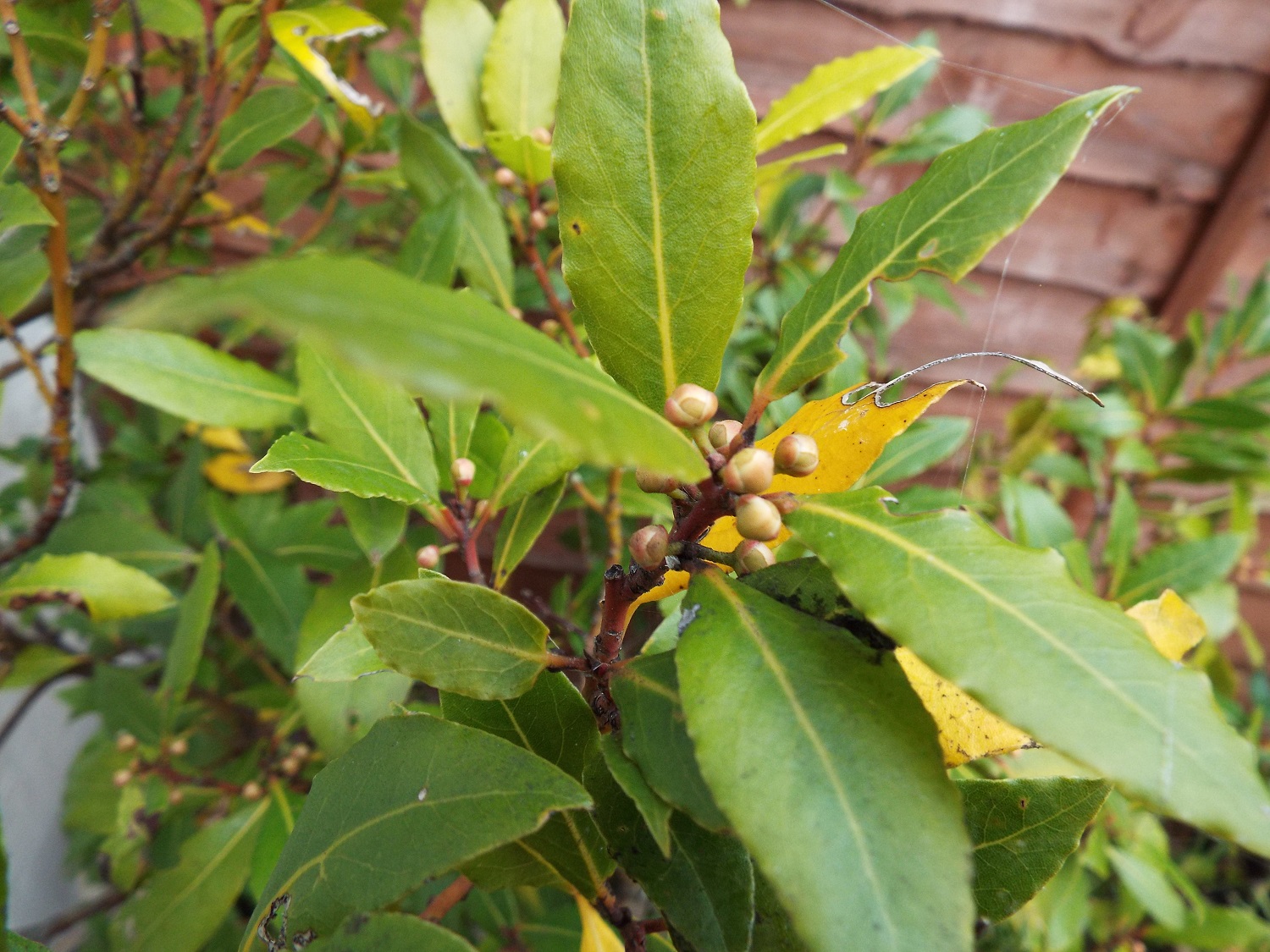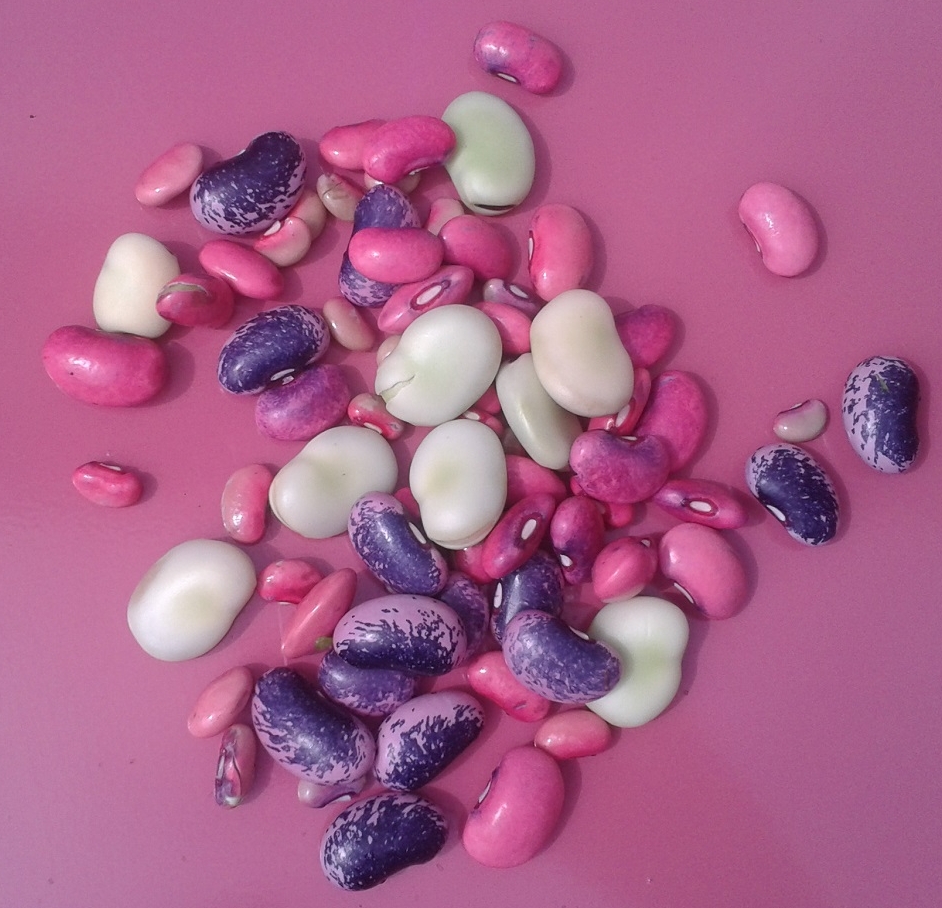In these last sunny days of autumn on the south coast of England, I’m staring at plants still laden with tomatoes as well as shelves full of picked tomatoes, and my freezer is already heaving with homemade tomato soup and tomato & basil pasta sauce (enough to see me through any winter / brexit / zombie apocalypse that may be upon us). And I can’t stand waste. So it’s time to get a big pot of water on to boil for operation ‘blanch, peel and freeze’ - which is a lot less faff than it sounds to be honest, because you don’t actually ‘peel’ these fruits, you just help the skin slide off. It’s is a great way to preserve and store tomatoes for up to a year, to use in any recipe where you would normally use canned tomatoes or fresh ripe ones - curries, chillies, casseroles, ratatouille etc.
Read morePreserving a tomato glut - blanch, peel and freeze
How to deal with a tomato glut when you already have all the tomato soup you could ever eat …


